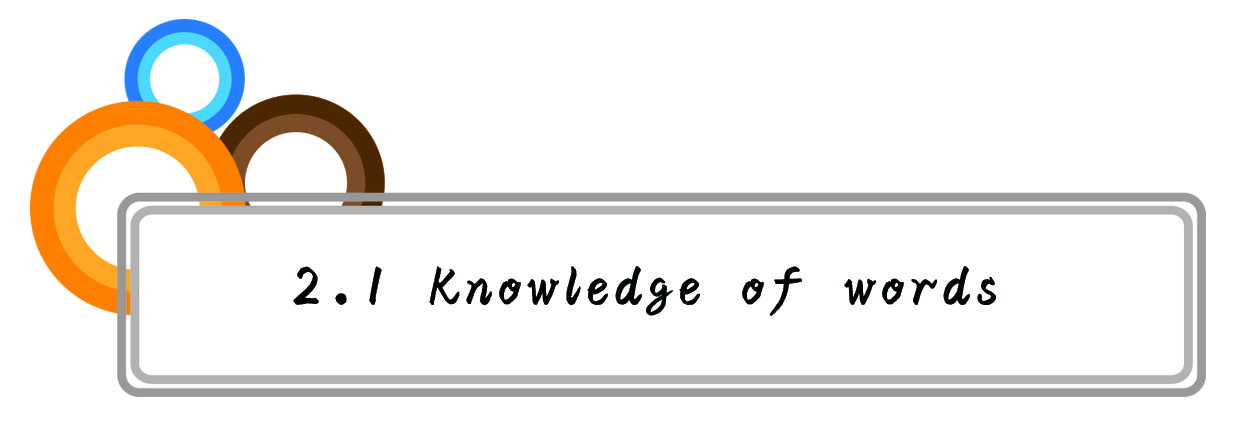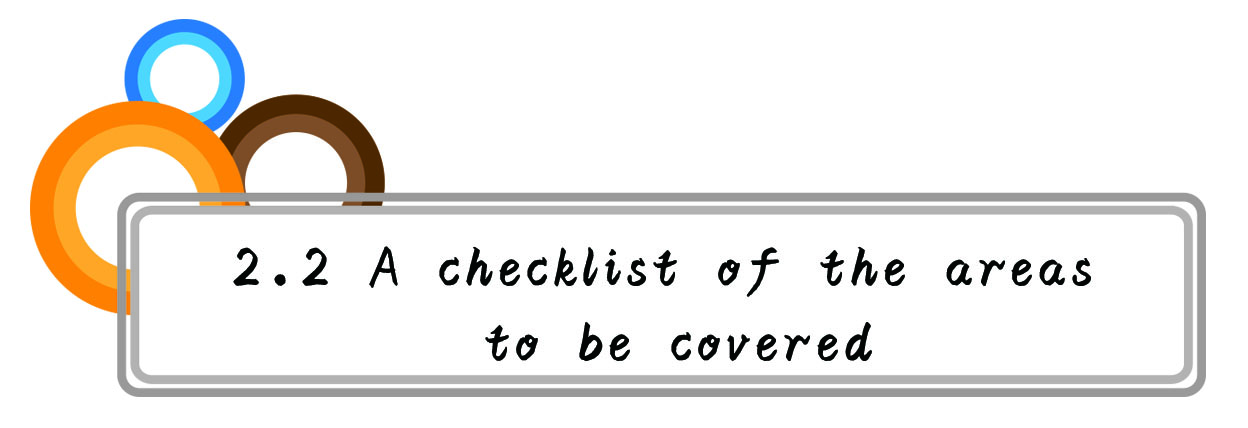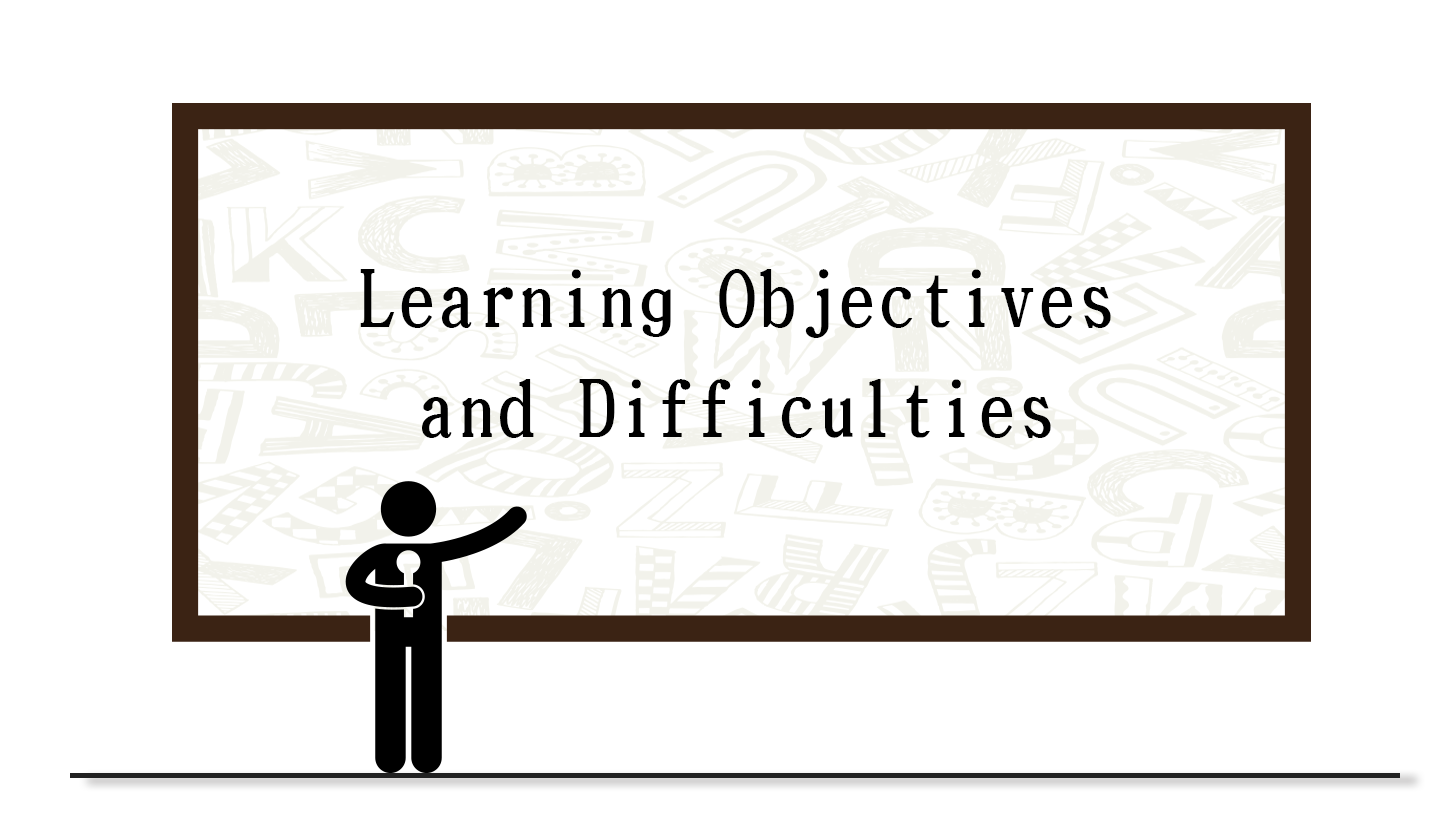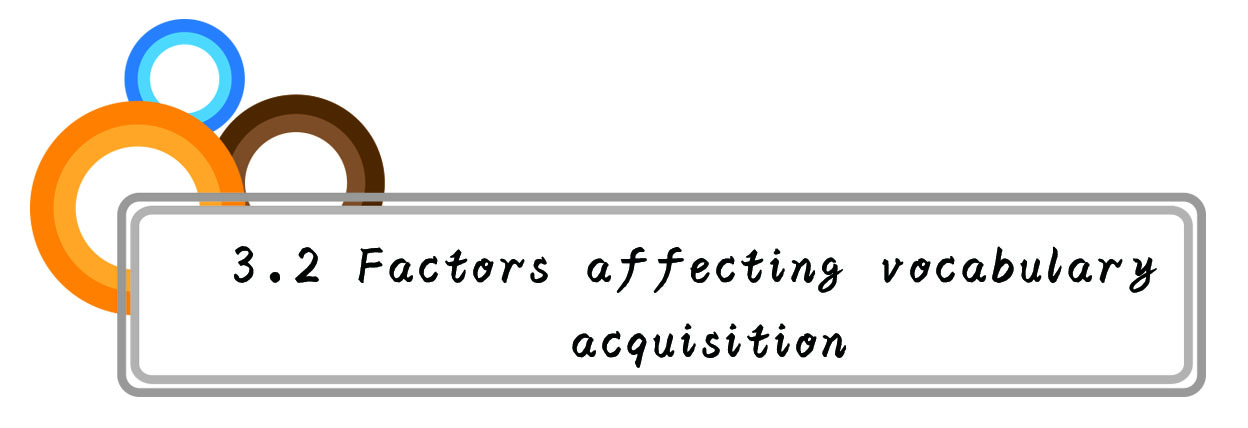

(1) Forms of the word
- Pronunciation
- Spelling
(2) Grammatical properties
- Grammatical category
- Possible and impossible structures
- Idiosyncratic grammatical information
- Word building
(3) Lexical properties
- Collocations
- Appropriateness
(4) Meaning
- General meanings
- Specific meanings
Therefore, knowing a word means its spoken and written forms, its grammatical and lexical properties and its meaning.

- sense relations (e.g. synonyms, antonyms, homonyms)
- rules of word formation (e.g. common prefixes and suffixes)
- collocations and idioms
- connotation and denotation
- strategies for learning (e.g. notebooks, dictionary use).

(1) Semantic field/lexical field: words in a vocabulary are interrelated in meaning and can form a system (a field). This system of words is not stable but changing all the time (depending on needs), e.g. color system, animal, food, vegetable, fruit…
(2) Paradigmatic relation: are those into which a linguistic unit enters through being contrasted or substitutable in a particular environment, with other similar units.
(3) Syntagmatic relations—are those that a unit contracts by virtue of its co-occurrence with similar units, e.g.

“Red” and “yellow” are in paradigmatic relation to each other, but each is a syntagmatic relation with “Pen”.
(1) Relation of sense
(a) hyponymy—a sense relations that the meaning of a lexicons in general includes the other lexicons (X is kind/type of Y), e.g.

(b) Synonymy—sameness of meaning, e.g.

(c) Meronymy—X is the part of Y, e.g.

(d) Antonymy—opposite of meaning/synonymy
. Complementarity—the items being complementary to each other, strictly those belong to the set of incompatible terms but with one specific characteristic –that they are members of two-term sets instead of multiple-term sets, e.g.
Male-female true-false alive-dead
. Gradable antonyms—within two extremes, there are postray scale, but they are variable, changeable. All of them are adjectives. And they may be seen in terms of degrees of the quality involved. (There are often intermediate terms), e.g.
wide-narrow old-young
big-small hot-warm-cool-cold
. Directional Oppositions—texical opposites, indicate opposite directions, e.g.
up-down north-south come-go
* Autipodes—indicate opposite extremes, e.g.
top-bottom peak-foot head-toe black-white
cradle-grave always-never all-none start-finish
* Reversives—including all the verbs which denote motion and change in opposite direction, e.g.
cover-uncover appear-disappear do-undo
lessen-shorten lock-unlock assent-dessent
* Conversives—relational opposites with pairs of words which exhibit the reversal of a relationship between items (or arguments), e.g.


(1) Root, base, stem
Latin roots: cent—one hundred.
century—a period of 100 years.
“truth” is the base form of all its derivatives truthful,, truthfulness, truthfully, untruth, untruthful, untruthfulness, untruthfully.
short (root/stem) + -ly (suffix) + shortly
(2) Prefixation, suffixation, conversion, compounding
conversion e.g. hit—v. to give a blow.
n. blow




























